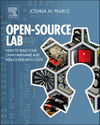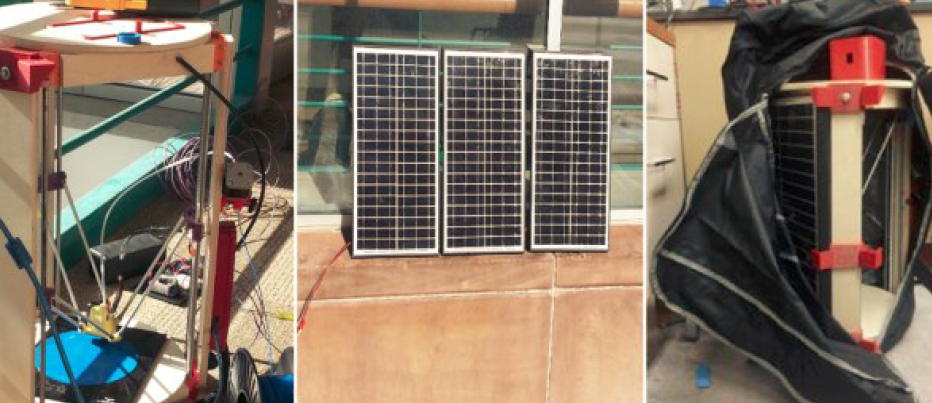Open Source 3-D Printers: An Appropriate Technology for Developing Communities

|
By Michigan Tech's Open Sustainability Technology Lab.
Wanted: Students to make a distributed future with solar-powered open-source RepRap 3-D printing and recyclebot recycling. |

|
| This page is part of an international project hosted by MOST to use RepRap 3-D printing to make OSAT for sustainable development. Learn more.
Research: Open source 3-D printing of OSAT • RecycleBot • LCA of home recycling • Green Distributed Recycling • Ethical Filament • LCA of distributed manufacturing • RepRap LCA Energy and CO2 • Solar-powered RepRaps • solar powered recyclebot • Feasibility hub • Mechanical testing • Lessons learned • MOST RepRap Build Make me: Want to build a MOST RepRap? - Start here! • Delta Build Overview:MOST • Athena Build Overview • MOST metal 3-D printer • Humanitarian Crisis Response 3-D Printer |
Source
- Jephias Gwamuri, Jill Poliskey and Joshua Pearce, 2017. Open Source 3-D Printers: An Appropriate Technology for Developing Communities. 7th International Conference on Appropriate Technology (7th ICAT): Sustainable Technologies to Empower Communities – Bridging Theory and Practice, At Victoria Falls, Zimbabwe, Volume: 7th. open access
- Want something designed: Requests for 3-D printable open source appropriate technology
Abstract
The recent introduction of RepRap (Self-Replicating Rapid Prototyper) 3-D printers and the resultant open source technological improvements have resulted in affordable 3-D printing, enabling low-cost distributed manufacturing for individuals. This development and others such as the rise of open source-appropriate technology (OSAT) and solar powered 3-D printing are moving 3-D printing from an industry specific technology to one that could be used in the developing world for sustainable development. In this paper, we explore some specific technological improvements and how distributed manufacturing with open-source 3-D printing can provide sustainable development by creating wealth for developing world communities through the ability to print less expensive and customized products. Conclusions on the technical viability of 3-D printing to assist in development and recommendations on how developing communities can fully exploit this technology have been outlined.
See Also
- High-Efficiency Solar-Powered 3-D Printers for Sustainable Development
- Open-source, self-replicating 3-D printer factory for small-business manufacturing
- Distributed manufacturing with 3-D printing: a case study of recreational vehicle solar photovoltaic mounting systems
- Global value chains from a 3D printing perspective
